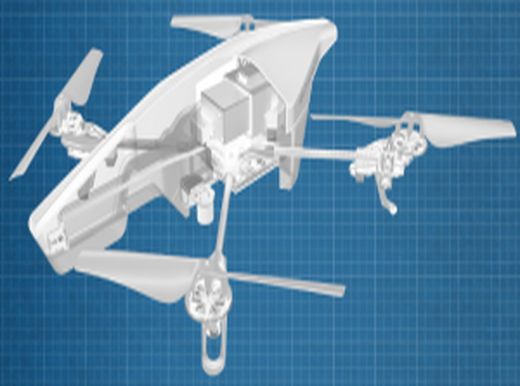In recent years drones became more accessible and we would like to explore the magnificent world of drones and autonomous systems.
We would like to use the drone in order to accomplish basic mission, and create an infrastructure for next to come

In recent years drones became more accessible and we would like to explore the magnificent world of drones and autonomous systems.
We would like to use the drone in order to accomplish basic mission, and create an infrastructure for next to come.
Our main goal is implementing autonomous drone to solve emerging problem of finding empty parking spaces.
The main goal can be divided to sub goals:
– Finding or creating infrastructure which will serve as a platform to communicate with the drone, receive navigation data, images and to send commands.
– Creating navigation algorithm which takes current image and convert it to rotor command.
– Creating system that determines whether a parking space is empty or not.
– Integrating the system.
– Validate our design in real life parking lot.
ROS
The Robot Operating System (ROS) is a flexible framework for writing robot software. It is a collection of tools, libraries, and conventions that aim to simplify the task of creating complex and robust robot behavior across a wide variety of robotic platforms.
ROS was built from the ground up to encourage collaborative robotics software development. For example, one laboratory might have experts in mapping indoor environments, and could contribute a world-class system for producing maps. Another group might have experts at using maps to navigate, and yet another group might have discovered a computer vision approach that works well for recognizing small objects in clutter. ROS was designed specifically for groups like these to collaborate and build upon each other’s work, as is described throughout this site.
ROS architecture for simulation:
Figure 1 indicates the interactions between nodes and topics in the simulation.
Circle indicates node and rectangle indicates topic.
Figure 1:

Figure 2 shows the interaction of the simulator “gazebo”, the drone basically, to other topics.
Drone is listening to the following topics:
Figure 2:
Figure 3 shows the interaction of “main”, the autonomous driver, to other topics.
The autonomous driver is listening to the following topics:
Figure 3:
State machine Overview
Parking lot example:





